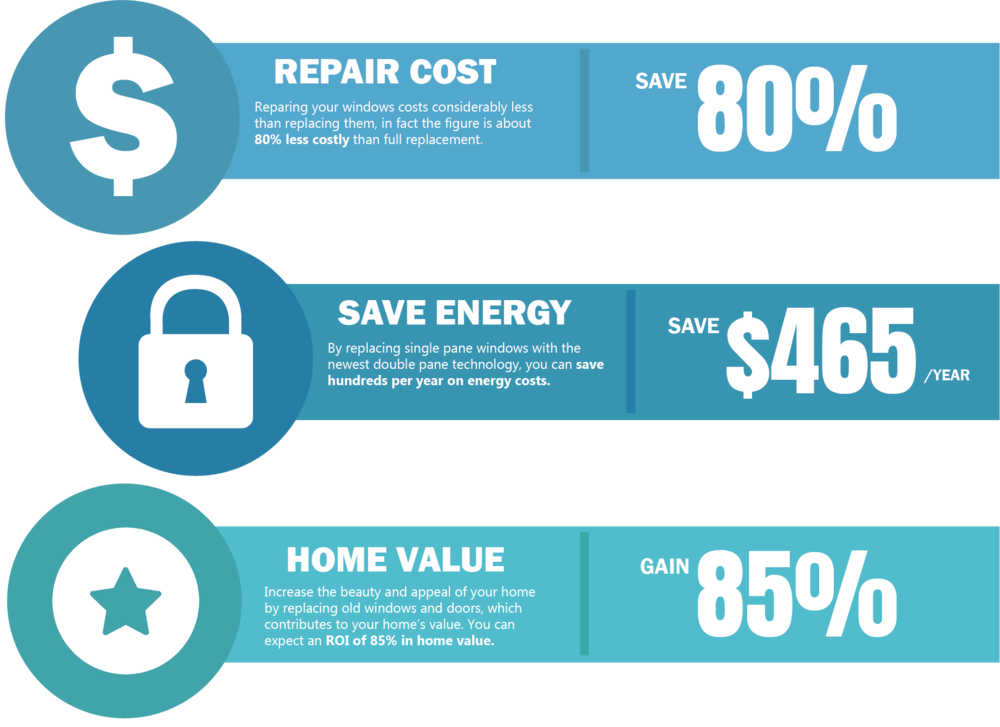One Of The Most Effective Pressure Cleaning Practices For Every Single Surface Category
One Of The Most Effective Pressure Cleaning Practices For Every Single Surface Category
Blog Article
Short Article By-Viborg Puckett
When it involves push washing, the strategy you choose can make all the difference in attaining a clean, streak-free coating. You may find that hard surface areas, like concrete, require a different technique than softer products, such as timber or plastic. It's vital to adjust your techniques to the surface kind to prevent damages while making the most of cleansing effectiveness. So, what are the very best strategies for each surface, and exactly how can you guarantee you're using the ideal settings and tools for the task? Let's discover what you need to recognize to get the very best results.
Hard Surface areas
When it concerns push cleaning difficult surfaces, prep work is crucial. Prior to you also think about taking out the pressure washing machine, take the time to clear the location of any type of debris, furnishings, or challenges. window washer kit don't want anything getting in your means or possibly harmful your devices.
Next, examine the surface for any kind of splits or damages; this will certainly help you identify the appropriate strategy and stress setups.
As soon as you've prepared the area, it's vital to pick the appropriate nozzle. For tough surfaces like concrete or block, a narrow nozzle (15 or 25 degrees) functions best to supply a concentrated stream of water that can efficiently remove grime and spots. Constantly begin at a distance and gradually move closer to stay clear of any kind of surface area damages.
As you start cleaning, keep the wand moving to prevent touches and over-saturation. It's additionally practical to work from the top down, enabling dirt and debris to remove naturally.
Ultimately, bear in mind to rinse the surface area completely after cleaning to eliminate any kind of remaining cleaning agent. With these strategies, you'll accomplish a tidy and renewed appearance on all your difficult surfaces.
Soft Surfaces
Stress washing soft surface areas requires a gentler technique to secure them from damage. Whether you're cleansing your deck, patio furnishings, or exterior siding, using excessive pressure can cause damages, scrapes, or perhaps permanent injury.
Start by choosing a low-pressure nozzle, preferably a 25-degree or larger spray pattern, to distribute the water more delicately.
Before you start, it's critical to pre-treat any spots with an ideal cleansing remedy. This action enables the cleaner to penetrate the dirt and grime, making it less complicated to get rid of without rubbing as well hard.
Always use the service from the bottom up to avoid spotting.
When you begin stress washing, maintain a distance of at the very least 12 to 18 inches from the surface area. Relocate your wand in a sweeping movement, maintaining it alongside the surface to stay clear of concentrated pressure on one place.
Rinse the area extensively after cleaning up to get rid of any recurring cleanser.
Lastly, inspect the surface for any type of missed out on areas and duplicate the procedure if necessary. By following these actions, you can efficiently tidy soft surfaces while preserving their integrity and appearance.
Specialty Surfaces
Cleansing soft surface areas needs care, yet specialty surfaces require much more focus to detail. When you tackle these surface areas, like fragile timber, discolored concrete, or certain types of exterior siding, using the ideal stress cleaning techniques is critical to avoid damage.
First, assess the product. For example, treated wood can usually endure moderate stress, however softer timbers like cedar may call for a lower setup. Constantly start with the most affordable pressure and progressively increase if essential.
For stained concrete, utilize a follower spray nozzle and keep a constant distance to prevent engraving the surface.
When managing surfaces like plastic exterior siding or repainted surfaces, a wide spray pattern helps disperse the stress evenly, securing the coating.
It's additionally wise to use cleaning agents especially made for specialized surfaces. They can improve cleaning without endangering the material.
service pro after cleaning to remove any kind of deposit, as it can cause discoloration or degeneration over time.
Conclusion
In conclusion, mastering pressure cleaning methods for various surfaces can make all the distinction in your cleansing results. For difficult surface areas, adhere to narrow nozzles and a top-to-bottom strategy, while soft surfaces require a gentler touch with larger nozzles. Don't forget to pre-treat discolorations and rinse completely to prevent deposit. By adapting your methods to each material, you'll not only accomplish a cleaner surface yet likewise secure the stability of your surfaces. Satisfied cleansing!
